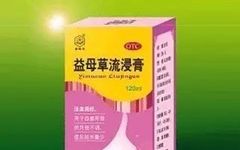Introduction
Pastes are an ancient form of preparation in Traditional Chinese Medicine (TCM). With the development of history, the uses of pastes have gradually expanded, not only for external ailments but also for internal diseases; the production process has also changed, especially for external pastes, which are now more convenient to use and have longer-lasting effects.
Pastes
Pastes, refer to a type of preparation made by concentrating medicinal substances using suitable solvents, which is an ancient form of preparation in TCM, with both internal and external applications.
With advancements in technology, methods of extracting medicinal substances have expanded beyond boiling to include methods such as percolation and maceration; different concentrations of ethanol are also used as solvents.
Internal pastes include flow pastes, macerated pastes, and decoction pastes. External pastes include ointments (medicated pastes) and plasters (including dog skin plasters, black plasters, rubber pastes, and poultices).
Internal Pastes
1. Flow Pastes
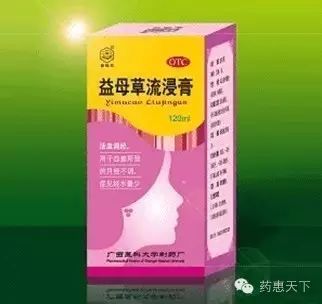
These are preparations made by extracting effective components from medicinal materials using suitable solvents (different concentrations of ethanol or water), evaporating part of the solvent, and adjusting the concentration to specified standards. Unless otherwise specified, each 1ml is equivalent to 1g of the original medicinal material.
They are characterized by a high content of effective components and a small dosage, such as Yi Mu Cao (Motherwort) flow paste.
Except for a few varieties used directly in clinical practice, most are used as raw materials for preparing tinctures, solutions, syrups, etc.
2. Macerated Pastes
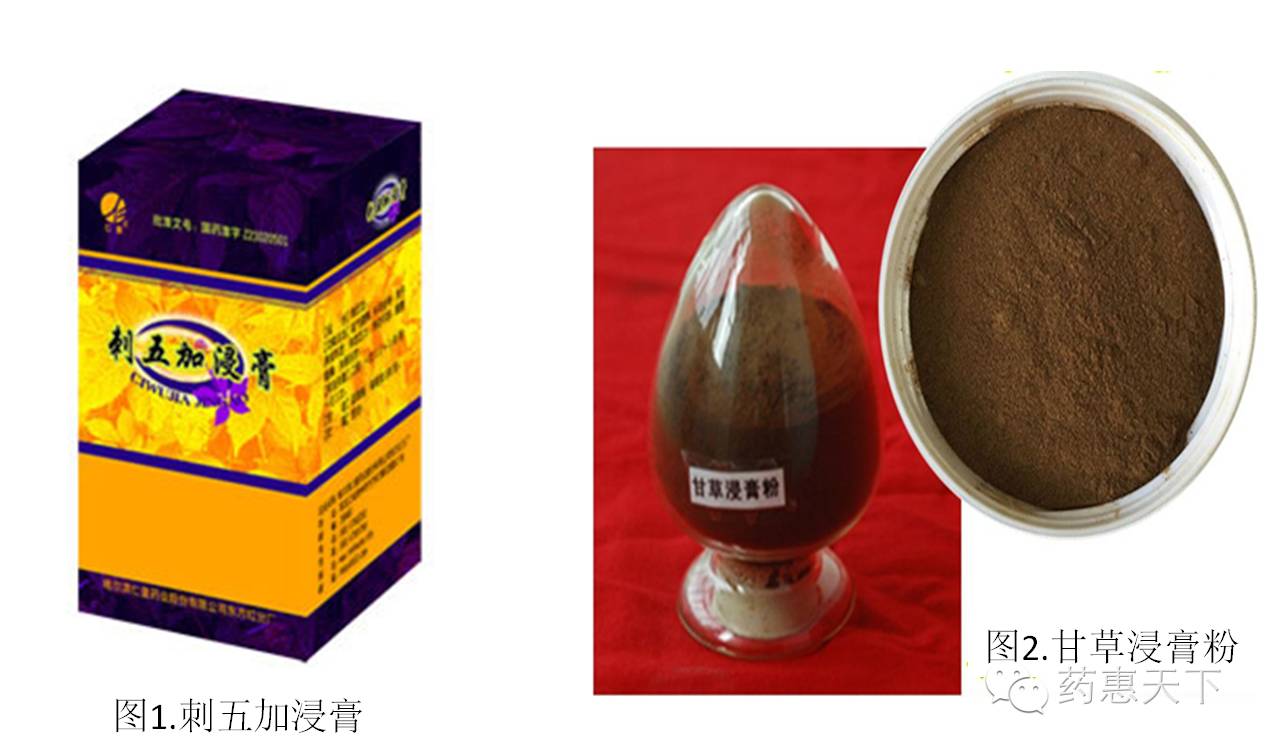
These are preparations made by extracting effective components from medicinal materials using suitable solvents (different concentrations of ethanol or water), evaporating all the solvent, and adjusting the concentration to specified standards. Examples include Ci Wu Jia (Siberian Ginseng) paste and Gan Cao (Licorice) paste. They are further divided into thick macerated pastes (semi-solid, Figure 1, moisture content 15-20%) and dry macerated pastes (powdered, Figure 2, moisture content about 5%). Unless otherwise specified, each gram of macerated paste is equivalent to 2-5g of the original medicinal material.
They are characterized by high concentration, small volume, and low dosage.
Except for a few varieties used directly in clinical practice, most are used as raw materials for preparing granules, tablets, capsules, pills, ointments, etc.
3. Decoction Pastes

Also known as decoction pastes, these are preparations made by boiling medicinal materials in water, removing the residue, concentrating the liquid, and then adding honey or sugar (or invert sugar) to create a semi-fluid preparation. Examples include Ju Hong Tan Ke (Tangerine Peel Cough Decoction), Yi Mu Cao (Motherwort) paste, and Mi Lian Chuan Bei Pi Pa Gao (Honey-Processed Fritillaria Loquat Paste).
External Pastes
1. Ointments
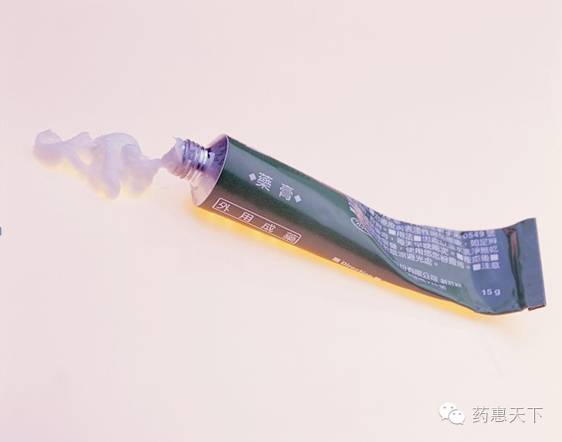 Also known as oil pastes, now referred to as ointments. These are semi-solid external preparations made by uniformly mixing extracts or fine powders of medicinal materials with suitable bases (oil-based, water-soluble, or emulsion-based), where ointments made with emulsion bases are called cream ointments. See figure.
Also known as oil pastes, now referred to as ointments. These are semi-solid external preparations made by uniformly mixing extracts or fine powders of medicinal materials with suitable bases (oil-based, water-soluble, or emulsion-based), where ointments made with emulsion bases are called cream ointments. See figure.
They are commonly used for chronic skin diseases, providing protective effects on wounds, lubricating the skin, and offering local or systemic therapeutic effects.
2. Plasters, are a type of external application in TCM, historically known as thin patches, made by boiling plant or animal oils with medicinal substances to form a gel-like material, which is then applied to cloth, paper, or skin, allowing it to adhere to the affected area for extended periods, primarily used for treating sores, swelling, and pain.
In modern preparation processes, in addition to traditional bases, new bases such as rubber, hydrophilic bases, and polymer materials are also used.
Including dog skin plasters, black plasters, adhesive pastes (rubber pastes, poultices, and patches), etc.
1. Dog Skin Plaster
 This is a colloquial term for an external medicinal application, based on the TCM principle of treating internal diseases externally, where the medicine is directly applied to the affected area, known as acupoint application therapy. Before use, the plaster must be gently heated or steamed to soften it, then spread on paper, cloth, or animal skin (such as dog skin).
This is a colloquial term for an external medicinal application, based on the TCM principle of treating internal diseases externally, where the medicine is directly applied to the affected area, known as acupoint application therapy. Before use, the plaster must be gently heated or steamed to soften it, then spread on paper, cloth, or animal skin (such as dog skin).
The plaster is then folded lightly and placed in a box or bag, becoming the commercially available plasters that only need to be warmed to soften before applying to the affected area or acupoint.
Traditional dog skin plasters are black in color, primarily due to the use of lead oxide (mainly composed of tetravalent lead oxide) in their preparation. If lead oxide is replaced with basic lead carbonate, it will produce a white plaster; if resin (such as rosin) is melted with plant oil and mixed with medicinal materials, it results in a red plaster.
2. Black Plaster
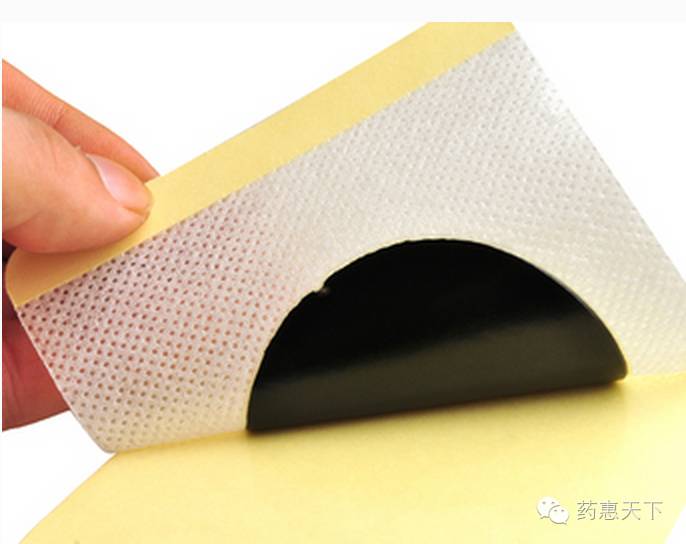
These are external preparations made by mixing medicinal materials, edible plant oils, and red lead (lead oxide) at high temperatures to create a paste that is then applied to backing materials for skin application. See figure. When used, they should be gently heated or refer to the instructions.
The main component of the base is lead salt of higher fatty acids.
3. Rubber Pastes
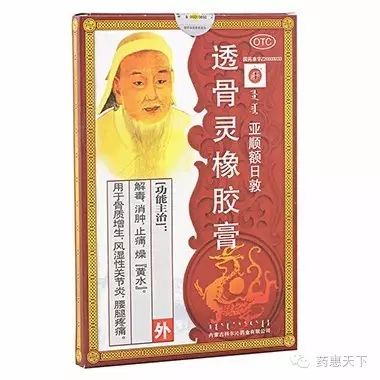 These are preparations made by mixing extracts or chemical drugs with rubber and other bases, then applying them to backing materials to create adhesive pastes. For example, Tong Gu Ling Rubber Paste.
These are preparations made by mixing extracts or chemical drugs with rubber and other bases, then applying them to backing materials to create adhesive pastes. For example, Tong Gu Ling Rubber Paste.
They mainly consist of backing materials, paste materials, and covering layers.
Characteristics: (1) Strong adhesion, can be applied directly to the skin without preheating. (2) Does not stain clothing, convenient for carrying and use.
4. Poultices
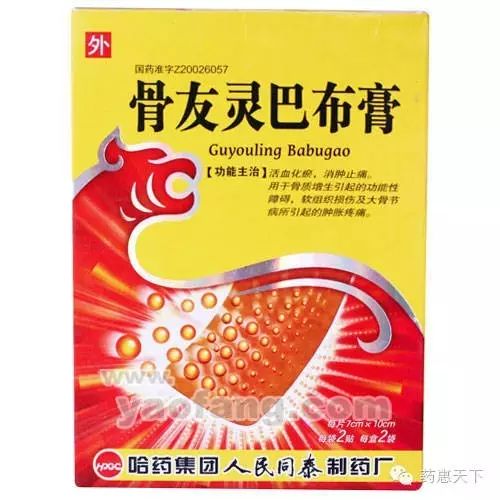
Also known as poultice pastes, colloquially referred to as poultice patches, these are made by mixing extracts, slices, or chemical drugs with suitable hydrophilic bases (such as sodium polyacrylate, gelatin, sodium carboxymethyl cellulose, glycerin, etc.) and applying them to backing materials to create adhesive pastes. Examples include Gu You Ling Poultice and Chan Wu Poultice.
They mainly consist of backing materials, protective layers, and paste layers.
Characteristics: Easy to use, comfortable to apply, and non-irritating to the skin. Due to the hydrophilic nature of the base, the paste layer contains a certain amount of moisture, which helps soften the skin’s stratum corneum, enhancing hydration and facilitating transdermal absorption of the medicine. Disadvantages: Relatively poor adhesion.
This dosage form was successfully developed in Japan in the 1970s. It has significant advantages and is considered a promising dosage form.
5. Patches
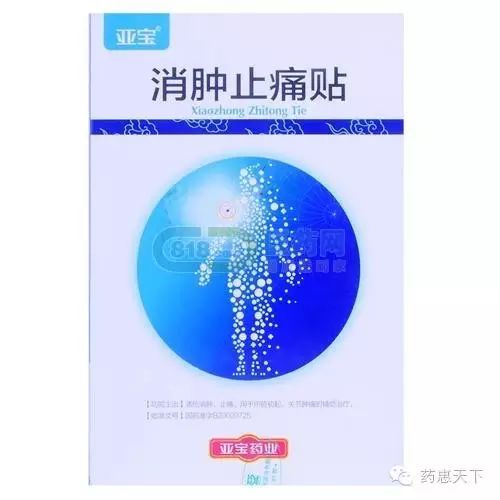
These are thin adhesive pastes made from extracts, medicinal materials, or chemical drugs mixed with suitable polymer materials. For example, Xiao Zhong Zhi Tong Tie (Swelling and Pain Relief Patch).
They mainly consist of backing layers, drug reservoir layers, adhesive layers, and anti-adhesion layers.
Base materials: Ethylene-vinyl acetate copolymer, silicone rubber, and polyethylene glycol, etc.
Note: Modern textbooks rarely mention the concept of “pastes” separately (which is somewhat regrettable); flow pastes, macerated pastes, and decoction pastes have been categorized under extraction preparations, the terminology has changed, but the essence remains the same.

Due to the limitations of medical knowledge,
we can only provide assistance within our capabilities.
That is all.
Medication is no small matter; treat diseases with caution!!


Please long press the QR code to follow Yao Hui Tian Xia!

